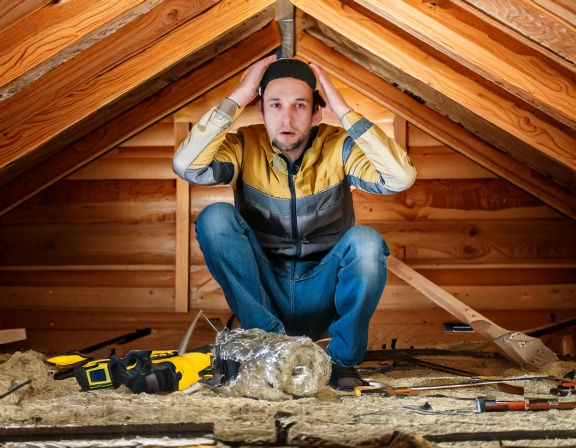Myths and Truths About Insulation in Renovations and New Constructions
- goldenstateinsulat

- Feb 19
- 2 min read
When it comes to insulating a home or building, there are many misconceptions that can lead homeowners and contractors to make costly mistakes. Some believe insulation is only necessary in winter, while others think all insulation materials work the same. Separating fact from fiction is crucial for making the right choices in renovations and new construction projects.
Let’s debunk common insulation myths and uncover the real benefits of proper insulation.
❌ Myth #1: Insulation Is Only Important for Cold Climates

✅ Truth: Insulation is essential in both hot and cold climates because it regulates indoor temperature year-round.
In winter, insulation traps heat inside, reducing heating costs.
In summer, it prevents heat from entering, keeping your home cooler and reducing AC usage.
Proper insulation leads to energy savings and comfort, no matter the season.
❌ Myth #2: More Insulation Always Means Better Performance
✅ Truth: While having adequate insulation is necessary, adding too much insulation can actually trap moisture, leading to mold growth and structural issues.
The right insulation type and thickness depend on factors like climate, home structure, and ventilation.
Instead of adding excessive insulation, it's important to ensure proper installation and air sealing to maximize efficiency.
❌ Myth #3: All Insulation Materials Work the Same

✅ Truth: Different insulation materials have unique properties and varying levels of effectiveness depending on your needs.
Spray foam insulation provides airtight sealing and high R-value but costs more.
Fiberglass batt insulation is budget-friendly but requires careful installation to avoid gaps.
Blown-in insulation is great for irregular spaces and retrofitting old homes.
Choosing the right insulation depends on budget, energy goals, and home design.
❌ Myth #4: Insulation Is a One-Time Investment That Never Needs Maintenance
✅ Truth: Over time, insulation can settle, degrade, or become less effective due to moisture, pests, or damage.
Older homes may need insulation upgrades for modern energy efficiency.
Regular inspections ensure insulation remains intact and performing well.
Spray foam lasts longer than traditional insulation, but even it should be checked periodically.
Keeping insulation in good condition ensures consistent energy savings and home comfort.
❌ Myth #5: Insulation Is Only Needed in Walls and Attics

✅ Truth: While walls and attics are crucial, insulation in other areas also impacts energy efficiency and comfort.
Crawl spaces and basements: Prevent moisture buildup and reduce heat loss.
Floors above garages: Improve indoor temperature control.
Exterior doors and windows: Sealing gaps prevents air leaks.
A well-insulated home improves overall efficiency and indoor air quality.
Final Thoughts: Invest in the Right Insulation for Long-Term Benefits
Understanding the facts about insulation helps homeowners and contractors make informed decisions. Proper insulation reduces energy costs, improves indoor air quality, and enhances year-round comfort.
If you're planning a home renovation or new construction, make sure you're using the right insulation solutions for maximum efficiency and long-term savings.
Need expert advice? Golden State Insulation is here to help! Contact us today for an insulation consultation.



Comments